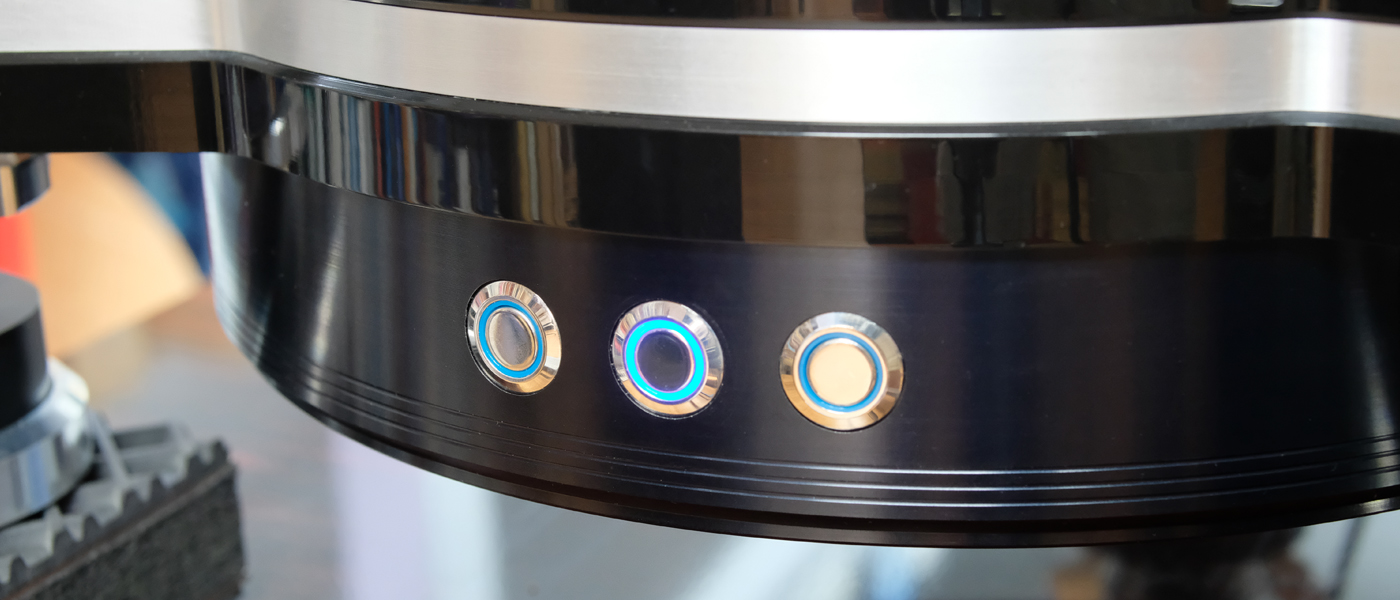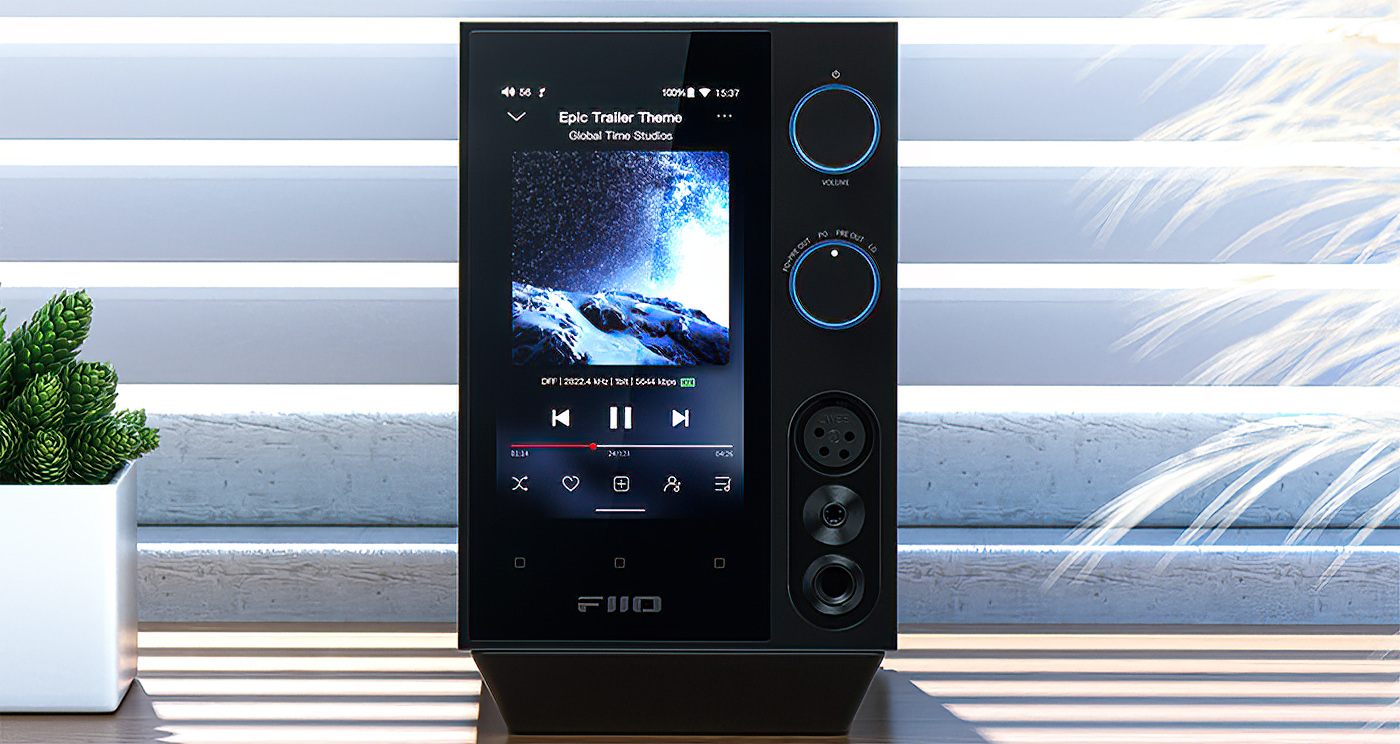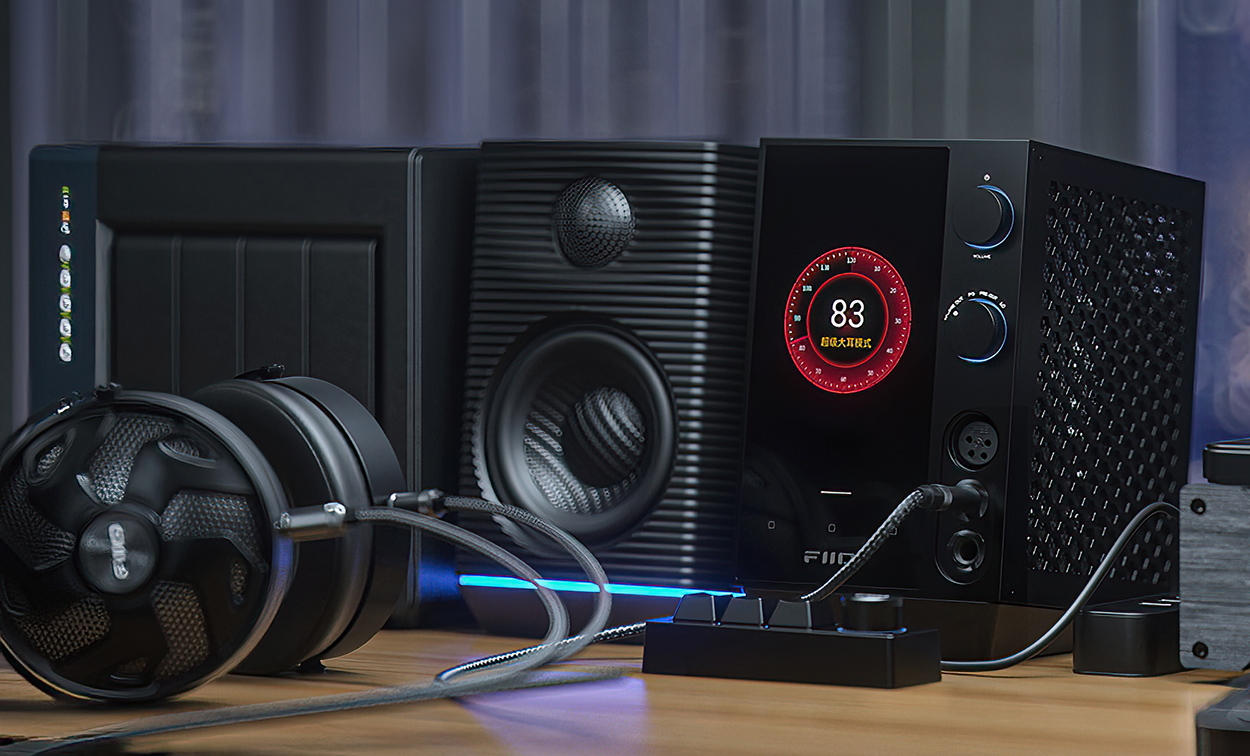I would describe the FiiO R7 as a hub that can power a wide variety of headphones and powered speakers, and it has network skills for playing music from a variety of sources, including being fully Roon Ready. It includes Wi-Fi, Bluetooth, and a lovely screen to display controls for input switching, setup, and displaying album art. FiiO has a good description of their product – a desktop digital streaming player.
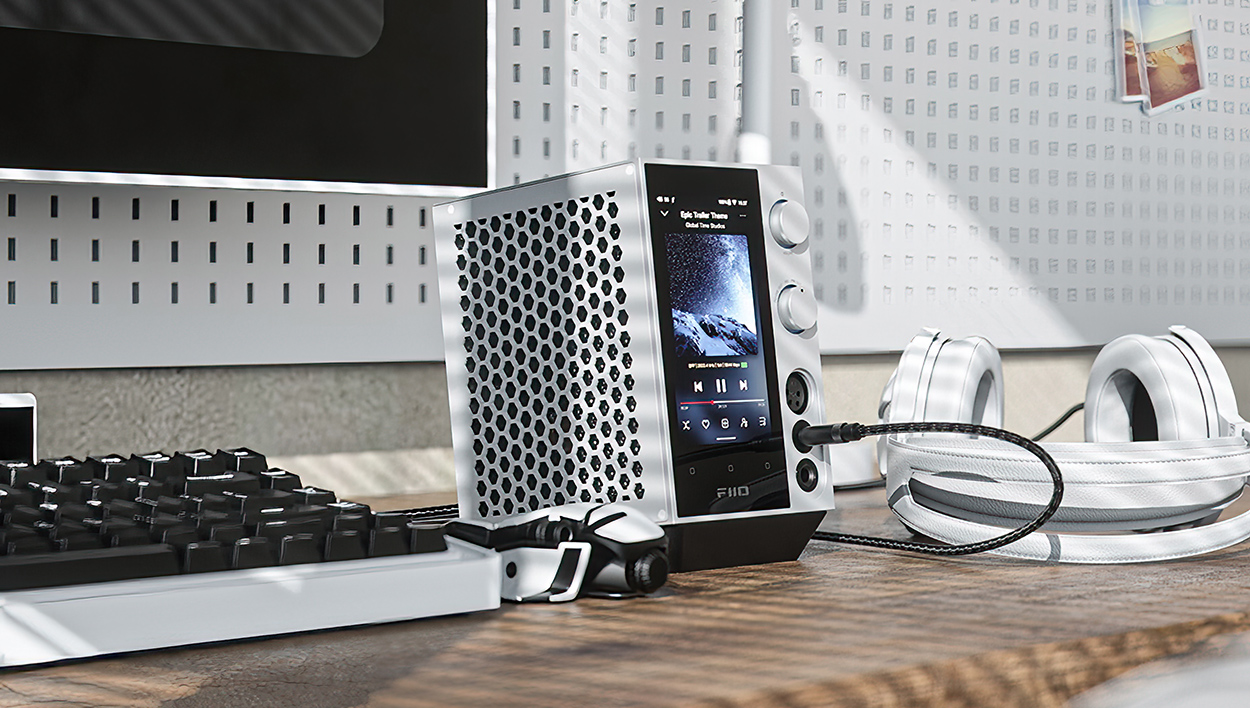
The FiiO R7 Desktop Digital Streaming Player Highlights
- Attractive, easy to set up, and easy to operate.
- Can work with a variety of headphones with different sensitivities.
- Roon integration is a big plus.
- It also can play music stored locally on a USB device.
- The R7 worked nicely with a variety of powered speakers.
- As an Android-based device, it supports the Google Play store giving you access to every streaming app.
- Should ship with a remote control.
When first unboxing the R7, I didn’t think it had much utility. Within an hour of getting it integrated into my network, my mind kept racing with ideas of how I could use this in multiple places in my house, including in my home office next to my computer, powering speakers or headphones, on my nightstand to listen to music without bothering anyone else, or really putting it anywhere in the house where I wanted access to thousands of albums on my Roon system.
FiiO got started in 2007 with the goal of creating high-quality portable digital audio products, and they almost immediately established a good reputation for themselves, especially with digital audio players. I’ve had a FiiO M15 player for a couple of years, and it’s been my go-to player for travel.
One of their goals, they say, is to raise the reputation of products that are “made in China” and I think they’ve done that by creating high-quality products at competitive pricing that are stylish and well thought out.
The FiiO R7 continues that tradition and is an almost one-of-a-kind product. It’s sort of an audio Swiss Army knife, with a variety of inputs and outputs, a large screen for control, and important to many, it is Roon Ready, a real plus for people like me who have all their music organized by the Roon system.
I/O:
Micro SD slot, USB Type C port, 2 RCA Line out, USB Host interface, Optical in/out, 3-Pin XLR balanced line out, ethernet, coaxial in/out, Ac Power out, DC power in, (front panel: headphone out: 4.4 mm, XLR balanced, and 1/4” stereo jack
MCU:
Snapdragon 660
DAC:
ES9068AS
AMP:
THX AAA-788+ * 2
Max output power:
3650mW per channel @ 32ohm
Output impedance:
< 0.5ohm (balanced)
SNR:
> 122dB
THD+N:
<0.00048%(1kHz/-6dB@32ohm)
Dimension:
110 x 134 x 160mm
Weight:
1282g
ROM:
64GB
RAM:
4GB
Screen:
4.97″ 720p
SD card support:
up to 2TB
MSRP:
$699
Colors:
Available in white or black from online retailers
Website:
Company:
SECRETS Tags:
FiiO, R7, Desktop, DAC, Digital Streaming Player
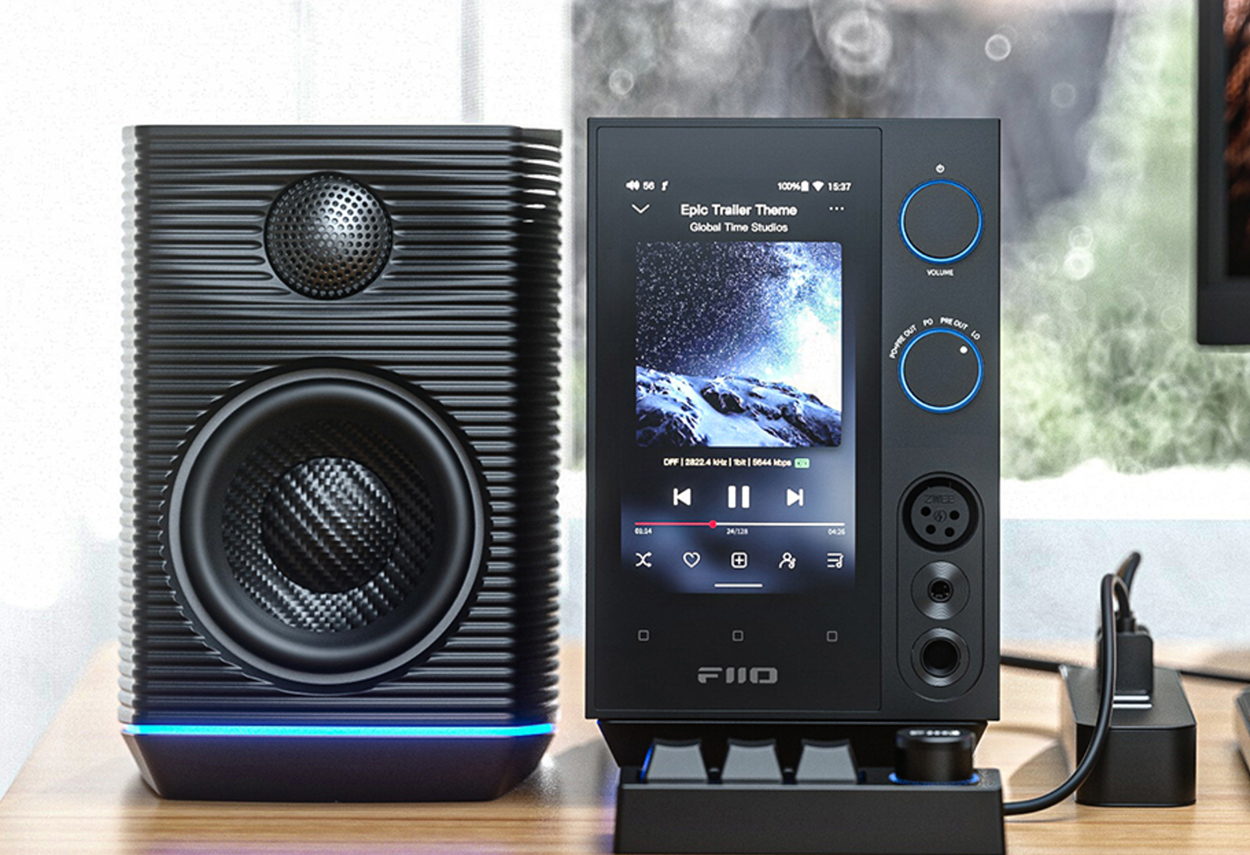
The R7 is a striking piece to look at. Available in white or black, it looks a bit like a large cellphone, and in many ways, that’s what it is. It’s running Android 10, and like other FiiO products, an Android Audio system can (and should) be bypassed to run in what FiiO calls Pure Music Mode. It closes all other running apps to minimize interference and delivers audio to its various outputs without using the Android audio software.
The R7 vertical design will give users more desk space than any combination of DACS and amplifiers, and there are physical buttons that are used for volume and switching inputs. The volume knob doubles as a power on/off switch when it is depressed. The buttons are illuminated, if you want them to be, and brightness is controllable. Uniquely, the color of the buttons can reflect different bit rates or different Bluetooth codecs. Happily, that feature can be turned off.
Three ‘soft’ touchscreen buttons can be assigned to any function.
Another switch allows listening to speakers, headphones, or both.

Around back 2 sets of RCA outs let you connect to external amplifiers or powered speakers. There are also XLR balanced outputs for pro gear.
Secrets Sponsor
There’s an SD card for getting music into the system locally, nice to go back and forth between a DAP and the R7.
Also, on the back panel are optical and coaxial in and out connections, and there is an ethernet port for streaming music over your home network from a NAS or for a Roon connection. FiiO’s music app supports DLNA, so it should show you any storage devices on your network.
The R7 also offers USB-A and USB 3.0 ports, allowing you to hook up anything from keyboards, hard drives with music, even an external monitor.
The R7 screen is a touch screen, and Android users will feel right at home. I’m an iOS user and had no trouble navigating. One advantage to being on Android is the availability of the Google Play Store, so pretty much any app you’d run on an Android Phone will run on the R7.

FiiO provides Music apps for streaming, including Tidal and Spotify, and the Google Store has Apple Music, Amazon Music, and many more. I logged into my Tidal account, and everything ran well.
Secrets Sponsor
If you are using the R7 without a wired network connection, you can go Wi-Fi. With a 5G connection, you can easily stream high-resolution files, and if you want to use Bluetooth that’s fine too. The R7 also handles Airplay for Apple fans so equipped.
The R7 supports just about any type of music codec or format. Local or streaming files up to 32bit, 384kHz PCM, DSD2256, and the R7 decodes and renders MQA. It also supports DSD up to 256 kHz and DXD 352.8K/24bit.
FiiO offers an optional external power supply that is said to give some improvements to the overall sound by bypassing the internal power supply. FiiO did not send it with my review sample.
The R7 was nicely packed with a larger box for the main unit and a smaller box with accessories and the power cord. It does not come with a remote control, but there is an optional, extra-cost remote available. If you’re sitting next to it, there really isn’t a need for a remote, but if you are across the room there is. I think one should have been included.
The R7 can be updated over the air, and indeed when I unpacked it and plugged it in, I got a notice that a firmware update was available.
Packed with the R7 are two sets of rubber feet that let you tilt the FiiO up at a slight angle or sit flat. There’s also double-sided sticky tape to anchor the R7 to either base. The FiiO also includes a USB data cable, a Micro SD adapter, and a 6.35mm headphone adapter. There’s the usual warranty card and a quick start guide.
Setup was easy, and really, getting started is a matter of setting up Wi-Fi or plugging in a network cable, pairing Bluetooth if you are using it, plugging in headphones or speakers, or both.
I think the R7 looks great on a desktop or a nightstand, and having the colorful, high-resolution screen for controls and album art is a real plus. Again, think of the R7 as a large cellphone that doesn’t make calls, but has high-quality I/O that is going to make most audiophiles happy.
I did my listening mostly through Roon, which it handles perfectly with one reservation noted below. Out of the box, using it with Roon is for playback only. If you want to control your Roon library by selecting music or creating a playlist, you’ll want the Roon App, which is readily available for the R7. I downloaded it and confirmed that it worked.

One caveat. Most Roon Ready devices when set up auto-start when Roon is running. In the case of the R7 you have to run an included Roon app for it to work. It’s a bit clunky and I’d like to see the R7 work with Roon the way most other devices do. For the record, I do have Roon Ready devices that are Android-based that auto-start Roon.
I listened to a variety of headphones, including a Focal Clear MG, and some Sennheiser and HIFIMAN phones I have on hand. I used the 1/4” stereo jack but with the Focal headphones, I used the balanced output.
In no case did the FiiO run out of power, with either high- or low-impedance headphones. The Focal are 55-ohm impedance and an open-back design. I did most of my listening on the Focals.
Sources, as mentioned above, included Roon, and I also played music off an SD card and from Tidal over my home network.
When listening there are a lot of variables. There’s of course the electronics in the FiiO, the headphones I chose, and the program material, which was mostly high-resolution files served up from my Roon server. Still, I have a good idea of how the Focal phones sound from other sources, so I had a good basis for comparison.
As always, I listened to a wide variety of music. On purpose, I listened to some old MP3 files and could always tell through the R7 and the Focals the lack of resolution. This setup will be merciless with bad recordings.
In general, I found the sound quite good. I listened to a few other headphone amps I have around. Some imported tube amps, and a Schitt solid state headphone amp. The differences are subtle, and I really could not isolate any problems with the FiiO. It was clean, and dynamic, had good imaging when recordings provided it, and it was noiseless and hum-free when playing back soft, delicate files.
Here are some of the selections I enjoyed when plugged into the FiiO R7:

Sinatra at the Sands “Frank Sinatra”
Frank Sinatra at the Sands: A 1966 live recording of Sinatra and the Count Basie Orchestra. Musically a great album, and this FLAC 44/16 rip captured the nuances of the live Las Vegas venue, with all the little noises that come with a live recording. The R7 seemed transparent to it and simply passed along this historic recording.
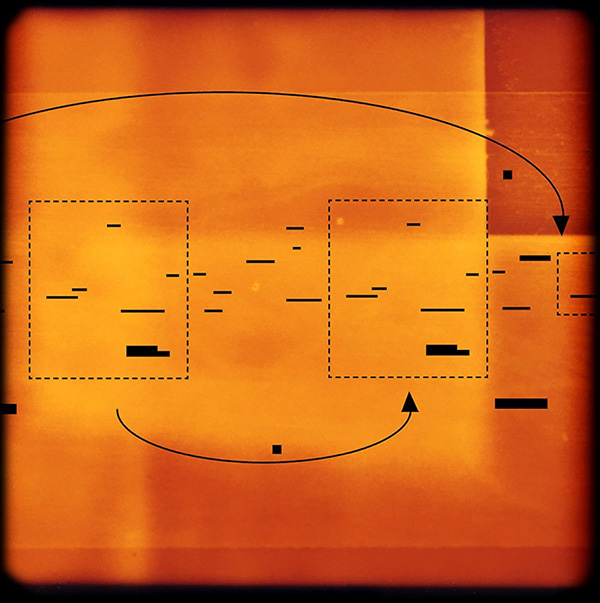
Neroli “A One Track Album”
Brian Eno: Neroli: A one-track album, with Eno’s trademark ambient sounds. It’s wonderful on headphones and has some very deep bass. The separation was great, and on the very quiet parts, I could hear no electronic noise or hiss contributed by the R7.

Joe Hisaishi “A Symphonic Celebration”
I love this composer, who brought us music for Japanese Anime films. This is Joe Hisaishi with the Royal Philharmonic in a glorious 96/24 FLAC recording. The strings are wonderful; there’s plenty of percussion and a large chorus. A great test of headphones and the playback from the R7 was faultless.
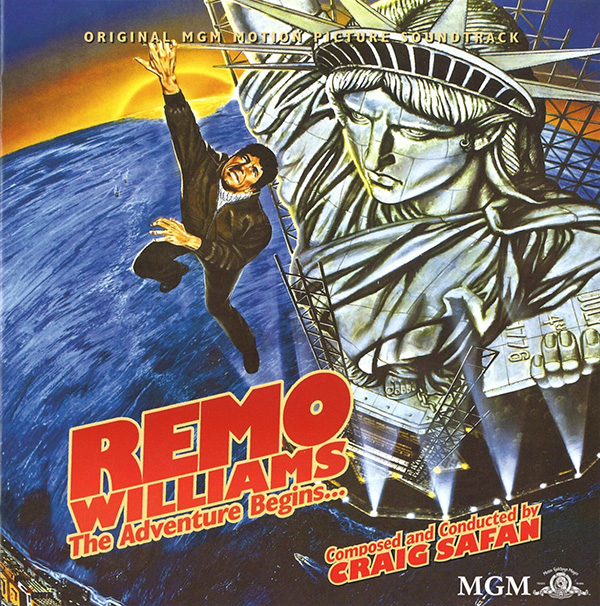
Remo Williams “The Adventure Begins”
The soundtrack from the unsuccessful movie with Fred Ward still has a terrific score by Craig Safan. The 35th Anniversary CD is a rouser, with great separation, deep bass, and a memorable theme. And that’s just the first track. I listened to a 44/16 rip via Roon, but it’s a great test of speakers or headphones.
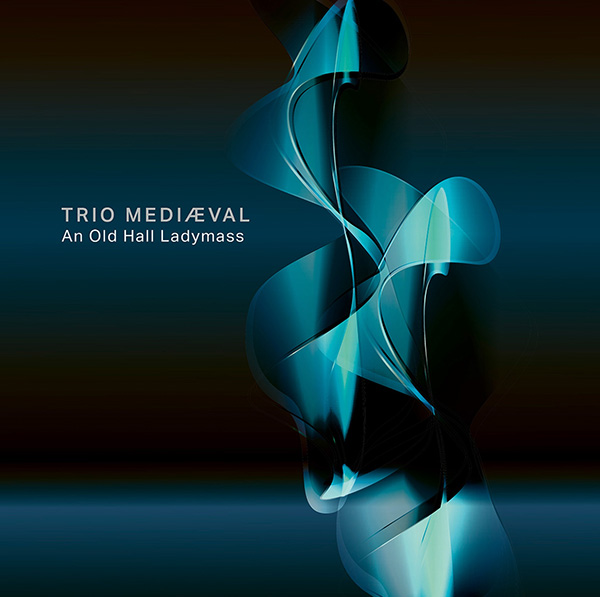
Trio Medieval “An Old Hall Ladymass”
A wonderful 2L recording from Norway recorded in an old church. Poor equipment will lose some of the complex reverberations in a recording like this. The R7 sounded great and puts the listener, with good headphones, in the church. This is a FLAC 176/24 recording. Goosebumps.
There aren’t a lot of similar products on the market, but I suspect they will be coming. There’s a lot of flexibility here, high-quality audio, support for a wide range of headphones and connectors, and Roon Ready, a big plus for many. The FiiO R7 is well-built and is the kind of audio product many audiophiles will want.
- Very flexible. Literally plays music from anywhere, with high-quality output to headphones and powered speakers.
- High-quality audio output.
- Roon Ready, is a real plus for many potential buyers (but note the slight downside of an extra app).
- Upgradeable firmware.
- Local sources can include network storage, SD cards, USB devices, and even a CD player can plug in using the digital inputs.
- Streaming support with built-in apps from all the major providers. New apps and services will likely be supported by the Android OS the R7 is built on.
- RCA inputs (turntables, other devices).
- Remote should be included.
- Getting Roon started has extra unneeded steps.
I went from not being sure what the R7 was for and winding up figuring out a lot of places to use it in multiple rooms around the house. Through my weeks of use, I didn’t hear any glitches and saw no software issues. The R7 worked well with some powered speakers I have on hand and took music playback via Airplay and Bluetooth. Still, the R7 was best with local playback from a USB drive or an SD card, and over my Roon system, which supports playback of just about every known audio format.
I can see people using this on a nightstand, next to their computer setup, or in a den or living room. It can play from a wide variety of sources, and output to headphones or speakers.
It lacks analog inputs but does have digital inputs. Still, for maximum compatibility, I would have liked to see RCA inputs.
Most of us are used to a horizontal layout of our equipment, so the R7 is something different that may not appeal to some, but I think it fits well into the living spaces I tried it in. I also appreciate that the lighting of the R7 can be dimmed or turned off, making it even easier to work into any room.
The Android OS is a blessing and a curse. Manufacturers like it because there are no licensing costs. But if you are using this device as just an audio component Android can get in the way, with a lot of arcane icons and settings you won’t care about. FiiO has done a good job of minimizing all the Android clutter, but it’s still there, and of course, its audio software can completely bypass Android audio output.


